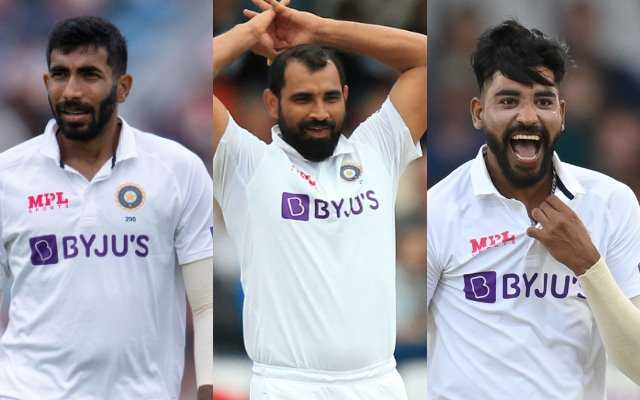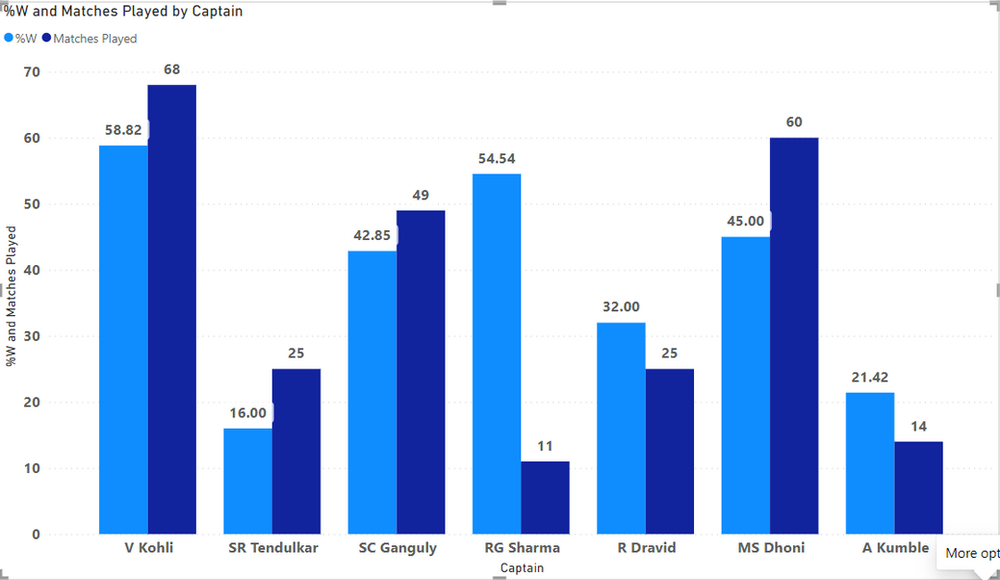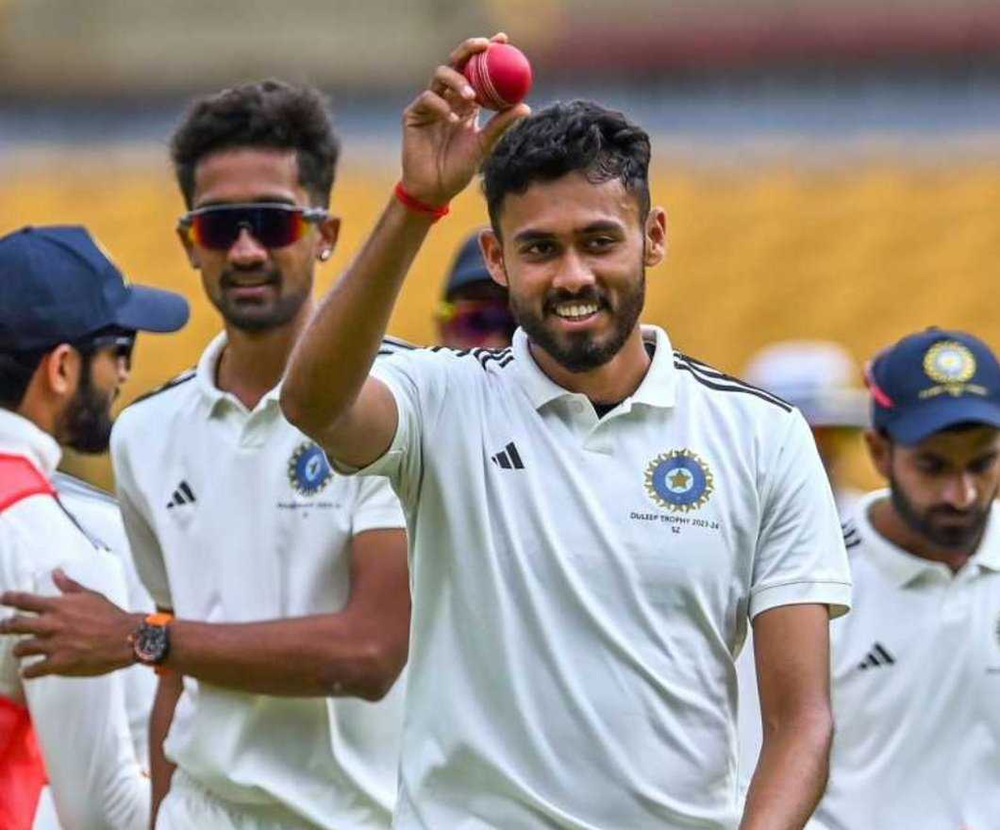Where are 140 kph+ bowlers in the domestic scene who can win India Tests in SENA nations? Who are the bowlers that India should focus on building for future?

In cricket, the term ‘SENA’ alludes to the formidable quartet of South Africa, England, New Zealand, and Australia. Here, the game evolves from battling brown, dusty pitches to navigating lush green meadows that foster swing and bounce, adding an extra layer of complexity to the art of Test cricket.
Under overcast skies that can swoop in unexpectedly, the batting conditions take a turn for the worse. Especially, in South Africa, where breaching the 300-run mark is a rare feat. Yet, the real deal lies in the ability to claim 20 wickets, a truth embedded in the iconic saying: “You don’t often win a test by scoring big, but by gulping 20 wickets.” Here, the architects of wicket-taking brilliance are the pace bowlers.
Realms of SENA, where pace rules and green pitches unleash Cricket’s Maestros
On a verdant deck, the secret to success lies in the hands of a pacer who can maintain impeccable lengths and consistently clock speeds of 135-140 kph, unsettling batters with raw pace. In the symphony of Test cricket, a fast bowler emerges as the maestro, dictating the rhythm, discomforting the batters, and etching their significance as the ultimate game-changers in the grand theatre of red-ball cricket.
Virat Kohli‘s legacy as an exceptional and influential red-ball captain is highlighted by his astute embrace of the “four fast bowlers” concept in SENA. Under his captaincy, a formidable pace battery comprising Ishant Sharma, Umesh Yadav, Jasprit Bumrah, Mohammad Shami, and Mohammad Siraj emerged, solidifying India’s dominance.
This strategic move not only redefined India’s approach in overseas conditions but also set a high standard for future captains to uphold and build upon. The onus now lies on succeeding leaders to carry forward this potent legacy of unleashing a relentless and versatile pace attack.
Read More: SA vs IND, 2nd Test: Bumrah 6-61 helps India square series against SA

India missing out on the test victory at Centurion and a golden chance of a series win
In the recent series, India’s fast bowlers encountered difficulties on pitches that favoured seam movement and exhibited uneven bounce. One key aspect to be noted here is the significance of the bowlers’ height and their ability to consistently bowl at speeds exceeding 140 kph. Bowlers with a higher release point are better suited to extract movement and utilize the conditions on hard, green surfaces with moisture and indentations.
India’s historical lack of tall, hit-the-deck bowlers who consistently bowl in the 140s kph is not something that money can immediately rectify. Thus, investing in grassroots cricket becomes crucial, as these initiatives would manifest over decades, not within a short span of two years.
In summary, the key issues identified in India’s fast bowling department included a lack of height and consistent pace, difficulties with the old ball, wide deliveries, and challenges in converting opportunities into wickets.
Read More: SA vs IND, 2nd Test, Day 1: Siraj 6-15 headlines 23-wicket day at Newlands
Do we have enough of them?
India boasts a rich pool of fast-bowling talent, emphasizing the need for strategic nurturing. While the height factor may be inherent, the emphasis should shift towards honing skillsets and ensuring match readiness. The responsibility falls on the shoulders of the BCCI and state boards to take proactive steps in this direction.
In the domestic arena, promising pacers like Arshdeep Singh, and Avesh Khan, have already showcased their prowess.
Additionally, talents like Umran Malik, Navdeep Saini, and Khaleel Ahmed consistently clock speeds of 135+, signifying a promising future for India’s fast-bowling arsenal. It’s imperative to invest in their development for sustained success on the international red-ball stage.
Read More: Duleep Trophy 2023-24: Talented pacers Vyshak and Kaverappa hand South Zone their 14th title

Players who can be groomed to fill in Ishant Sharma’s spot
The trio of Ishant Sharma, Mohammed Shami, and Jasprit Bumrah, under Kohli’s captaincy, emerged as a formidable and lethal bowling lineup. While Bumrah had put in significant effort at Centurion, Shami was sidelined due to an ankle injury, making him unavailable for the series.
The absence of Ishant has been keenly felt by captain Rohit Sharma, highlighting the significance of the trio’s collective impact on India’s bowling success. Potential youngsters who can fill this gap are Vidwath Kaverappa, Harshit Rana, and Ishan Porel.
Kaverappa, hailing from Karnataka, has been a standout performer in the Indian domestic circuit, showcasing impressive skills in both red-ball formats. His height, similar to Ishant Sharma’s, enables him to extract extra bounce, making him a genuine threat to batters. In 14 matches at the first-class level, he has bagged 53 wickets with an average of less than 19.39.
Harshit Rana, having featured for the Kolkata Knight Riders in the IPL, has caught the attention of Indian cricket authorities. With an ability to consistently bowl above 140 kph, Rana adds an extra dimension, creating problems for batters, especially on bouncy tracks. His natural aggression and wicket-taking potential position him as a promising prospect for the Indian bowling attack.
Ishan Porel, a towering figure at 6’3″, possesses a unique bowling style that whispers menace. Known for his smooth and rhythmic action, Porel generates a good pace and is particularly adept at hitting the seam consistently. Having won the U-19 World Cup in 2018, Porel brings valuable experience to the table. His ability to introduce subtle changes in pace and swing makes him a challenging proposition for opposition batters.
Read More: Statistical Highlights from the Newlands Test between India & South Africa
What should the management look to do?
The care and management of quick bowlers are pivotal for their sustained success in the unpredictable and fast-paced world of cricket. A comprehensive approach involves providing them with a proper diet and effective workload management. The BCCI should proactively identify and groom prospects, utilizing the National Cricket Academy (NCA) to refine their skills.
Ensuring participation in meaningful India A games is essential to their development, preventing them from getting lost after Ranji Trophy performances. Creating awareness of their anticipated roles in the national team is crucial for mentally preparing these bowlers.
This mental readiness will instil confidence, ensuring they are poised to deliver impactful performances whenever called upon for the senior team. Such preparation will significantly contribute to the overall success of the Indian National Team.
Read More: SA vs IND, Centurion: Shardul Thakur, the fast bowling all-rounder’s failure spelt trouble for India

